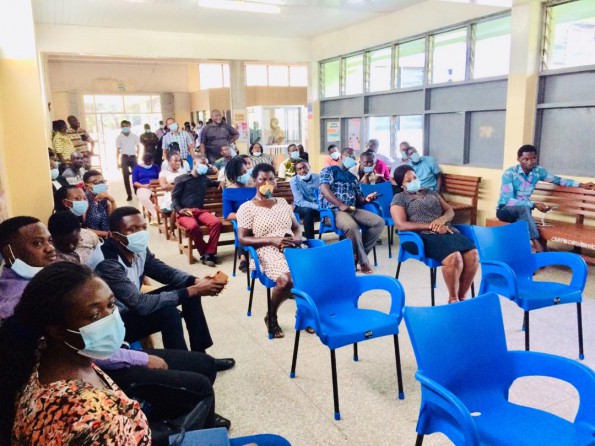
On November 19, 2020, a seminar was held at the Center for Plant Medicine Research (CPMR) for workers about waste management and safety. This was conducted and coordinated by the safety manager of CPMR, Mr. Samuel Agbeve.
He kick-started the seminar at 2:45 pm by introducing the topic “waste management and safety” and proceeded to present. He went on to define waste as anything that has been discarded or about to be discarded after use.
Waste was generally classified into three (3) groups; solid waste, liquid waste, and gaseous waste. In reference to hospital or health care setting, waste was classified into normal waste, infectious waste and hazardous waste. Normal waste is the general waste made by everybody in the hospital like paper bags, polythene and other plastic containers, water sachet bags, food packaging, etc. Infectious waste are waste that could contain infectious agents like bacteria and viruses and these include used nose masks, used gloves, used cotton swabs and gauzes, dirty dressings, sharps from the lab and the like. Hazardous waste always are the very harmful and corrosive or radioactive chemicals and gases that have been used for their intended purposes and need to be discarded.
He outlined, for effective handling and managing of waste at the hospital, there should be accurate waste identification with its appropriate disposal protocols. Sharps, which belong to the infectious waste category should always be cautiously gathered and collected at times agreed on by management. All hazardous waste should be channeled carefully either back to the manufacturers for effective disposal or cautiously disposed off by well set up safety measures and protocols. Liquid waste could be fractionally distilled to get water for some activities and other chemicals for reuse in the labs while plastics and other solid waste if recyclable could be duly recycled for consumption.
Mr. Agbeve admonished that in order not to mix all the waste and make it difficult for collection, the hospital should start practicing waste segregation. The hospital could follow the waste container color-coding proposed by World Health Organization (WHO) which says that general waste should be kept in blue bins, infectious waste should be kept in yellow bins and highly infectious waste should go into red bins.
His presentation came to an end with an applause from the workers and questions were duly answered.
In reality, effective waste management is a major concern to all health workers, citizens, and the nation as a whole and so we at RafaMALL and Guywaste would continue to herald the use of environmentally friendly and biodegradable products and manage waste in the right ways.
Author
Ernest Edem Ayer (ernestedem34@gmail.com)
Medical Herbalist Intern
Centre for Plant Medicine Research



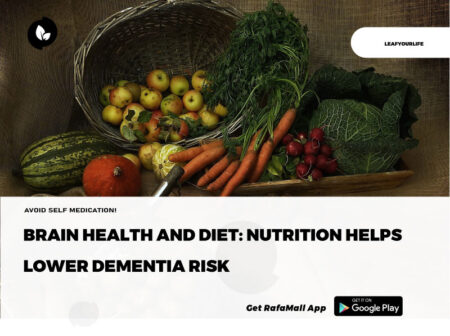
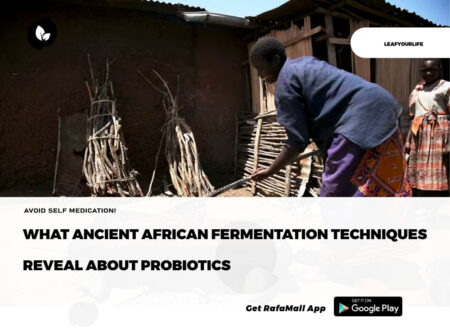
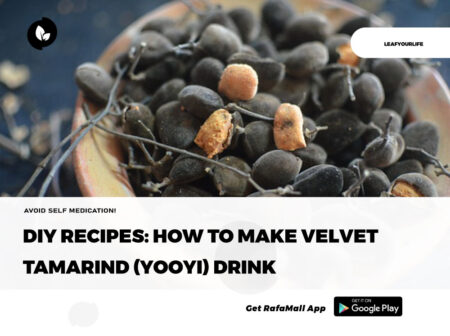

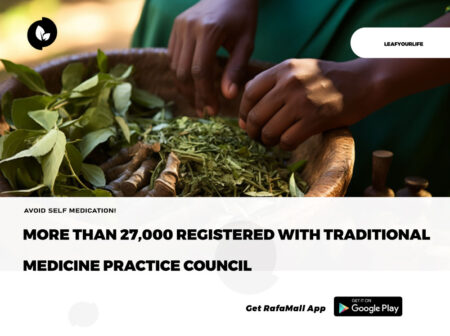
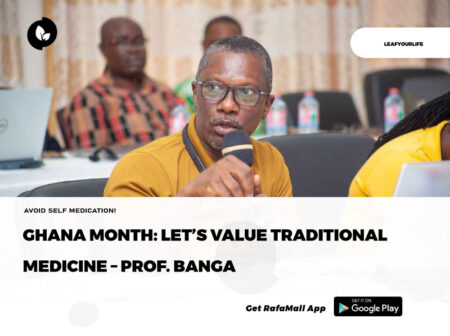
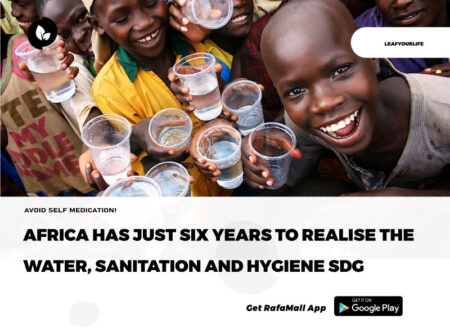


Nice piece…Keep being informative
Please update your archives